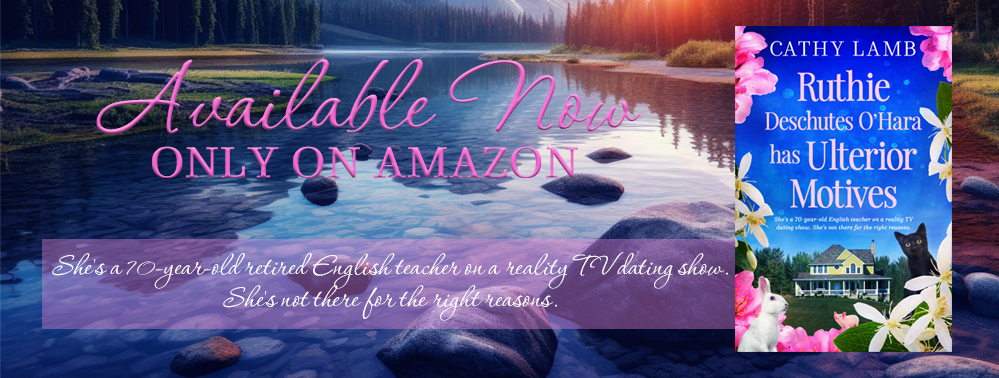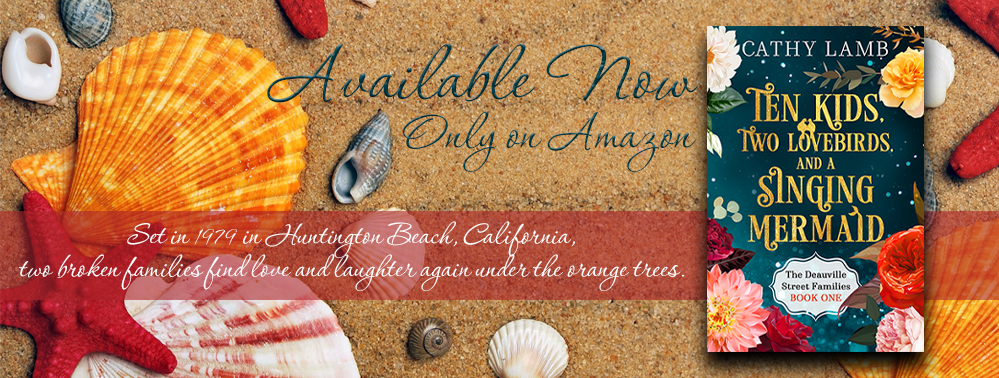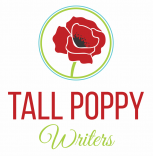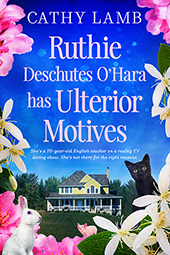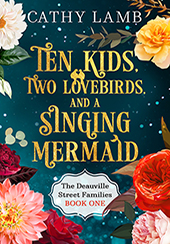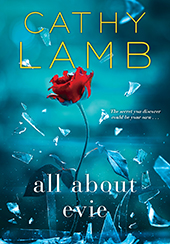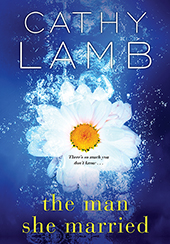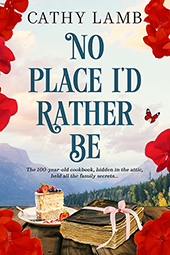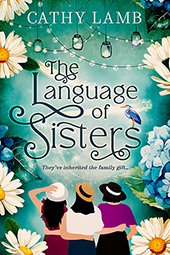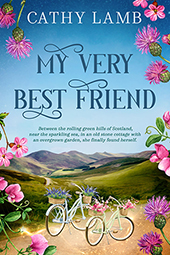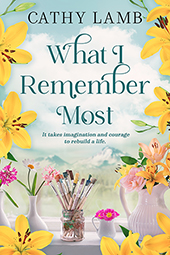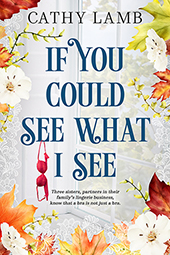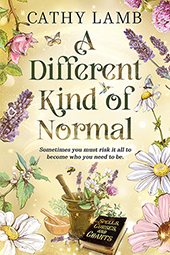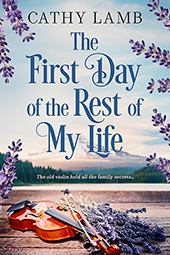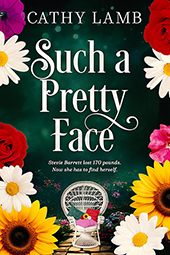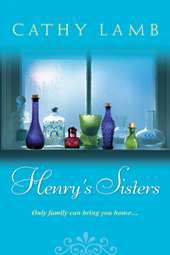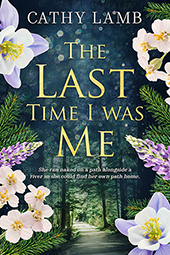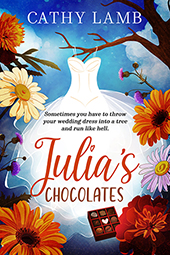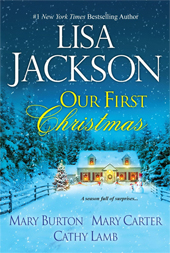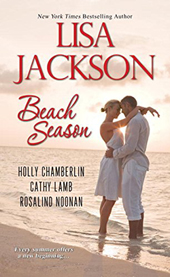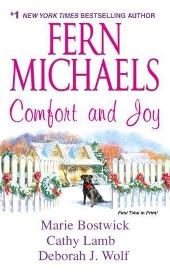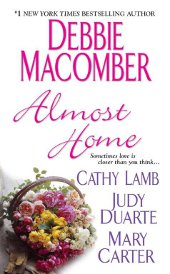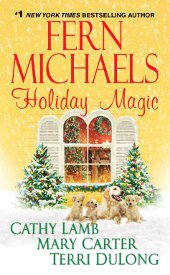For A Writer, It’s That First Sentence
Another novel is starting here tonight.
Or, at least, is should start tonight. I am at the dining room table drumming my fingers. It’s 10:37 p.m.
The sky is black and the night is young, at least for me, a person who does not like to see the sun early in the morning.
The cat has not gotten into another cat fight with her boyfriend. The kid is upstairs asleep or, at least pretending to be asleep. He may have his cell phone under the covers.
It is finally quiet and I have the plot for this next story in my head swirling around and about like a literary river. It’s almost all there.
Details are missing, not all characters have arrived or are fully developed into real people. Some characters are still a bit faceless, I don’t have their quirks and faults in line yet. I’m not quite seeing enough humor, except for the humor a horse in this story offers. I need a clearer past for my main gal character, clearer conflict, clearer depth, motifs and metaphors.
But the basic story is good to go. I have the setting. I have some of the past. I have part of the conflict. I know where it will end. I know who I have to invite into the book as minor characters.
I can scribble out that first draft. The first draft is just that, a draft. It’s practice. It’s the shell. It’s the wood construction in your home. The drywall, the sinks, the toilet, the cabinets, all will come later in the revisions.
To help me along in this blackest of nights, I remind myself of this bit of wisdom I gained from a writing teacher named Jessica Morrell, “I can edit crap, I can’t edit nothing.”
That line has helped me immensely during my years as a writer. If you write something down, you can fix it if it’s bad. You can delete it later. But you’re starting, you’re moving forward, the project has begun.
If you have a blank page, you can’t fix it. Blank is white. Blank is nothing. You must add words to the blankness.
But, you see, I cannot start writing a book, even with that mantra, even way late at night, unless I have the perfect first sentence for my stories. I have to have that.
Once the first sentence of the first chapter is written, I’m good to go. The second sentence is pretty important, too, but it usually flows straight out of that first, all important sentence.
So, even though the guts of my next story are right there and the wood frame is ready to be nailed up by handsome carpenters in tank tops, I just can’t start yet.
I am scribbling in my journal. I am staring into space. I had a good laugh with Innocent Husband. I even conversed with KC The Cat. She meowed at me and was no help. I drove to Portland and people watched while guzzling coffee. I saw Madame Butterfly. I watched the Big Bang Theory. I poured sweat at my gym.
So I wait, and I blog, and I hope that first sentence jumps into my head because I have 10,000 words I need to write this week and I can’t write a single word until sentence number one is good and done and well done at that.
Maybe ice cream will help.

